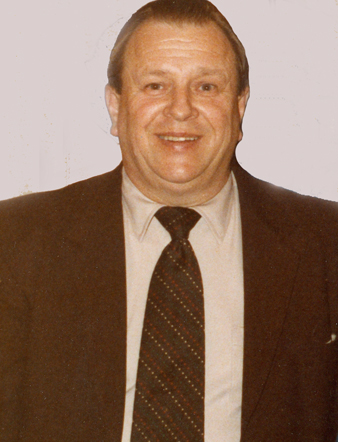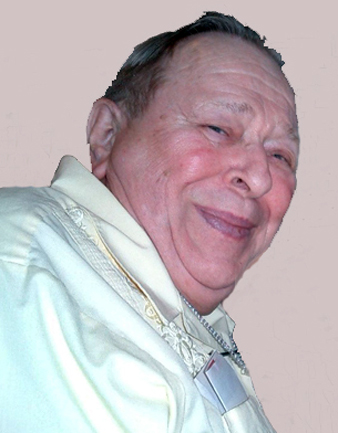In Memoriam: Marlow Stangler
1932-2015
by Allen Brodsky, CHP, ScD


♦♦♦
To view the HPS History Committee interview with Marlow Stangler, click here.
♦♦♦
Marlow J. Stangler of Vienna, Virginia, passed away on Saturday, 31 January 2015. Marlow joined the Health Physics Society at its birth and was presented the Fellow Award in 2008. He was also a long-time member of the Baltimore-Washington Chapter.
Marlow was born in Waterville, Minnesota. He obtained a BS degree from Mankato State College, in Mankato, Minnesota, with majors in physics, mathematics, chemistry, and biology.
He also received an Atomic Energy Commission graduate fellowship in radiological health physics at the University of Rochester, in Rochester, New York, which included two terms of graduate courses in radiation physics, biology, and radiation protection practice, followed by three months of summer on-the-job training at Brookhaven National Laboratory, in Brookhaven, New York.
Marlow had over 50 years of full-time experience as a health physicist and continued to be active after retirement in responder training and in Society courses and publications related to civil defense and homeland security. He was considered a walking history of civil defense organizations and technology and readily provided advice and information in his areas of expertise. His honesty and other ethical standards were the highest; his advice and counsel were always trustworthy. He was an indefatigable professional.
Many of Marlow's earliest accomplishments were at the Federal Civil Defense Administration, where he developed the Radiological Defense Training Program and conducted dozens of courses throughout the United States. He participated in civil defense projects at the Nevada Test Site and conducted two months of training for responders in radioactive fallout fields from Operation Plumbob in 1957. His courses were given high ratings by firemen, policemen, and other emergency responders. He was also involved in the early civil defense instrument program at Battle Creek headquarters, providing radiation survey instruments for training throughout the nation.
Later, Marlow became chief of the Plans Branch for Operations in the Department of Defense Office of Civil Defense, where he was responsible for radiological, chemical, and biological defense preparedness. In that capacity, he was instrumental in procuring civil defense radiological instruments and equipment for the entire nation, often managing to specify and procure instruments such as pocket chambers, Geiger counters, and ion chamber survey instruments by the millions for only $10 apiece.
In 1964 he initiated the Radiological Instrument Inspection, Maintenance, and Calibration (RIM&C) Program and later developed the Civil Defense CDV-794 calibrators used by all states having RIM&C facilities. In 1979 he spent several weeks in Pennsylvania as part of the Defense Civil Preparedness Agency's response to the Three Mile Island incident. In 1980 he moved to the Federal Emergency Management Agency's (FEMA) Radiological Emergency Preparedness Program for off-site radiological emergency preparedness and response for incidents at commercial nuclear power reactor sites.
After retiring in 1994, Marlow became a member of FEMA's training faculty, presenting courses titled "Radiological Emergency Response Operations" and "Advanced Radiological Incident Operations." He was also a member of the FEMA training faculty and presented courses at the Noble Training Center located at Ft. McClellan in Anniston, Alabama.
Marlow is survived by his wife of 60 years, Patricia Lynch Stangler; children Mark, Paul, Sheila, and Patrick; five grandchildren; and one great grandchild.
"Marlow and I grew up on farms in Minnesota only several miles apart. I learned a lot from Marlow and he led the way for me in many respects. He was two years ahead of me at Waterville High School, Mankato State, and the University of Rochester. We both played in the saxophone sections at Waterville High School and Mankato State and he recommended me as his replacement in a local dance band when he moved out of the area. When he came back to Mankato State to talk about his new career, it helped convince me to apply for an Atomic Energy Commission Fellowship and to go into health physics (which I have never regretted). Gen and I will miss the visits here in Minnesota and seeing him at Health Physics Society and NCRP meetings." (Chuck Roessler, Elysian, Minnesota, in condolence message to Marlow's family)



